
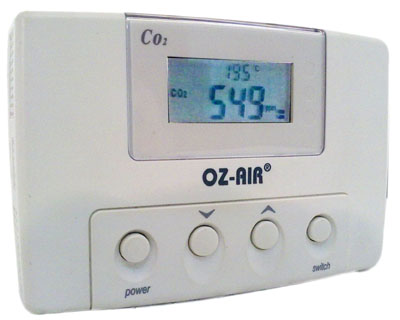
An ozone monitor is a device used to measure the concentration of ozone (O3) gas in the atmosphere or in enclosed spaces. These monitors are essential for assessing air quality, occupational safety, and compliance with regulatory standards.
Here are some key points about ozone monitors:
1. Function: An ozone monitor typically uses a sensor or detector that responds specifically to ozone molecules. When ozone is present, the sensor generates a signal proportional to the concentration of ozone in the air.
2. Measurement Units: Ozone concentration is often measured in parts per million (ppm) or micrograms per cubic meter (µg/m³), depending on the specific application and regulatory requirements.
3. Types of Monitors: There are various types of ozone monitors available, ranging from portable handheld devices to fixed or continuous monitoring systems used in industrial settings, laboratories, and environmental monitoring stations.
Environmental Monitoring: Ozone monitors are used to measure ambient ozone levels in outdoor air, particularly in areas prone to air pollution or where ozone is a concern for human health and ecosystems.
Occupational Safety: In workplaces where ozone may be generated as a byproduct of industrial processes (e.g., welding, printing), ozone monitors help ensure that exposure levels remain within safe limits to protect workers' health.
Indoor Air Quality: Ozone monitors are also used to assess ozone levels indoors, especially in environments where ozone-generating devices (e.g., air purifiers, ozonators) are used to control odors or disinfect air.
5. Calibration and Maintenance: To ensure accuracy, ozone monitors require periodic calibration and maintenance according to manufacturer specifications. This may involve regular sensor calibration, sensor replacement, and routine checks for drift or contamination.
6. Regulatory Compliance: In many jurisdictions, there are regulations and guidelines governing ozone exposure limits for both outdoor and indoor environments. Ozone monitors play a crucial role in assessing compliance with these standards and in implementing measures to mitigate excessive ozone exposure.
7. Data Logging and Reporting: Some ozone monitors are equipped with data logging capabilities, allowing for the recording of ozone concentration measurements over time. This data can be used for analysis, trend monitoring, and regulatory reporting purposes.
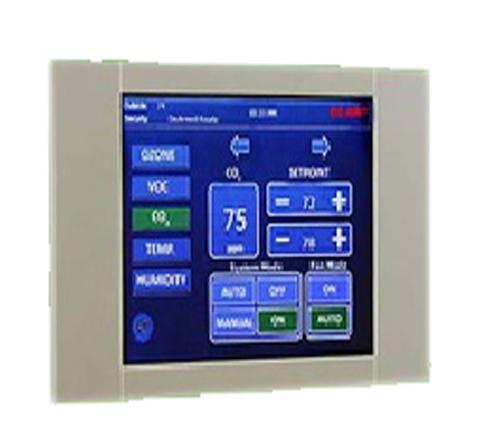
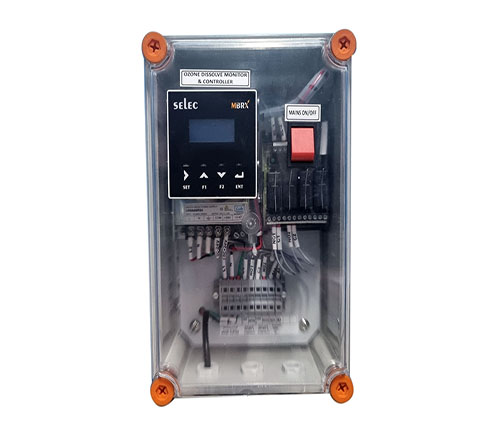
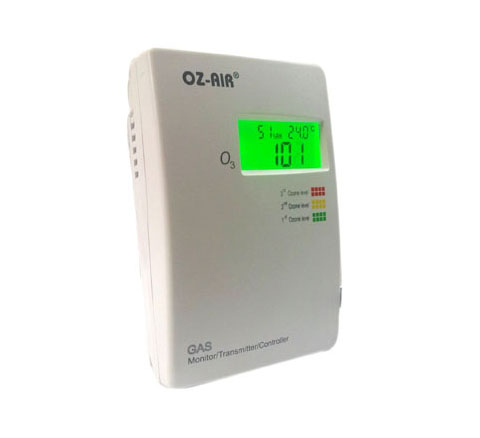
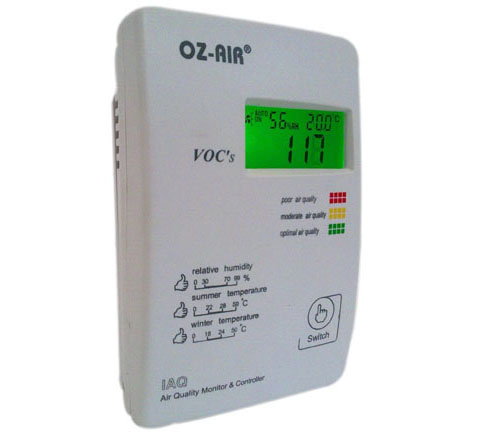
Overall, ozone monitors are indispensable tools for monitoring ozone levels in various settings to safeguard human health, protect the environment, and ensure compliance with regulatory requirements.
An ozone monitor is a device used to measure the concentration of ozone gas (O3) in the atmosphere or in enclosed spaces.
Ozone monitors typically use sensors or detectors that respond specifically to ozone molecules. When ozone is present, the sensor generates a signal proportional to the concentration of ozone in the air.
Ozone concentration is commonly measured in parts per million (ppm) or micrograms per cubic meter (µg/m³), depending on the specific application and regulatory requirements.
Ozone monitors are used for environmental monitoring of outdoor air quality, occupational safety in workplaces where ozone may be generated, and indoor air quality assessment in environments where ozone-generating devices are used.
Ozone monitors require periodic calibration according to manufacturer specifications to ensure accuracy. The frequency of calibration depends on factors such as the type of monitor, usage conditions, and regulatory requirements.
In addition to calibration, ozone monitors may require routine maintenance such as sensor cleaning, sensor replacement, and checks for drift or contamination to ensure reliable performance.
Yes, many jurisdictions have regulations and guidelines governing ozone exposure limits for both outdoor and indoor environments. Ozone monitors play a crucial role in assessing compliance with these standards.
Some ozone monitors are equipped with data logging capabilities, allowing for the recording of ozone concentration measurements over time. This data can be used for analysis, trend monitoring, and regulatory reporting purposes.
When selecting an ozone monitor, consider factors such as the intended application, measurement range, accuracy requirements, regulatory compliance, and budget. It's also essential to choose a monitor from a reputable manufacturer with a track record of reliability and customer support.
You can find more information about ozone monitors from manufacturers, environmental agencies, occupational safety organizations, and scientific publications specializing in air quality monitoring and instrumentation. Additionally, consulting with experts in the field can provide valuable insights and recommendations.